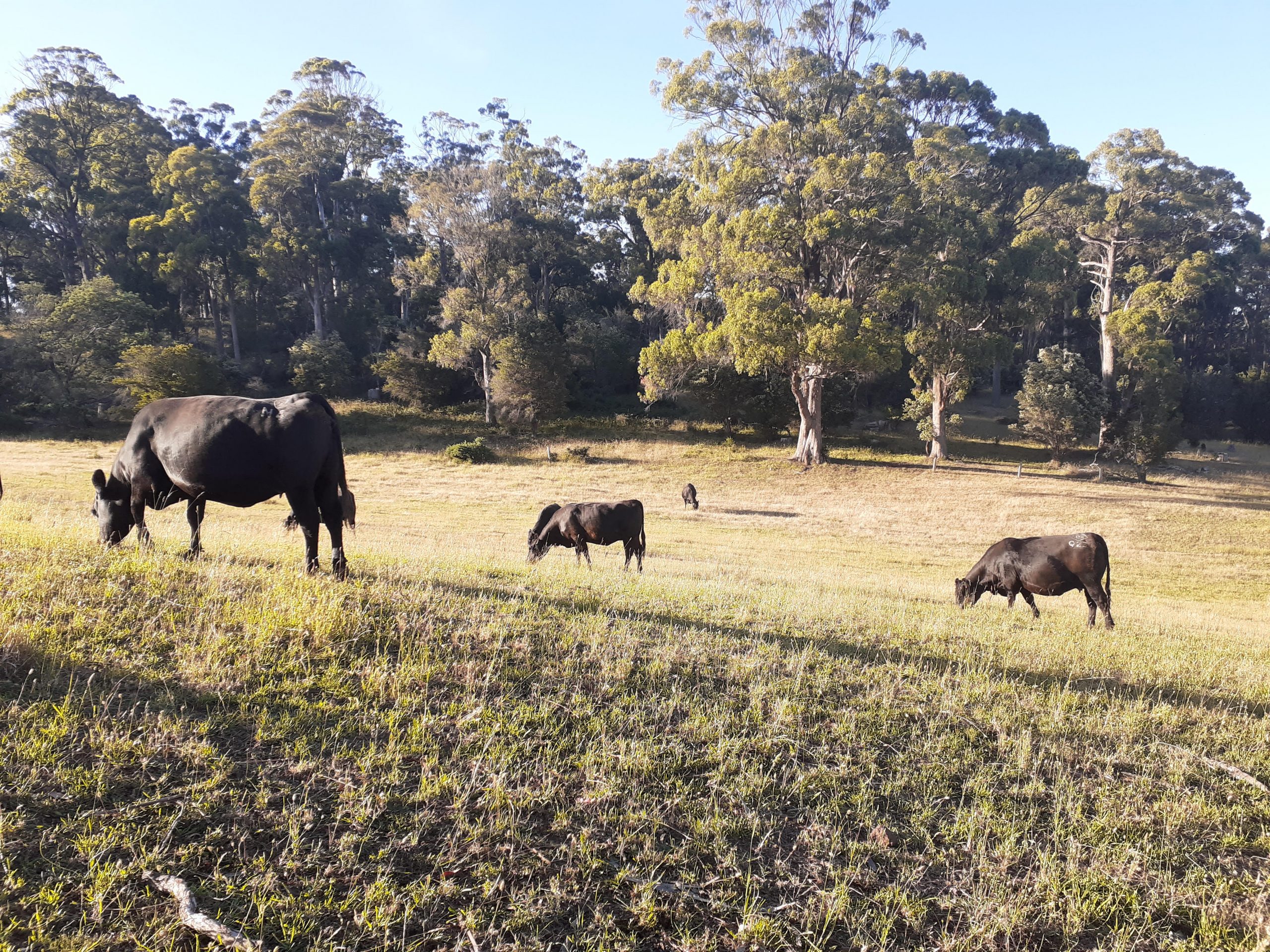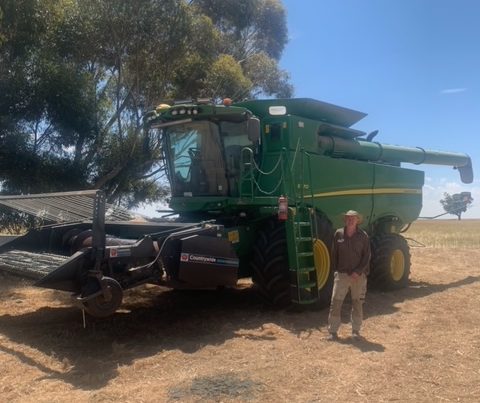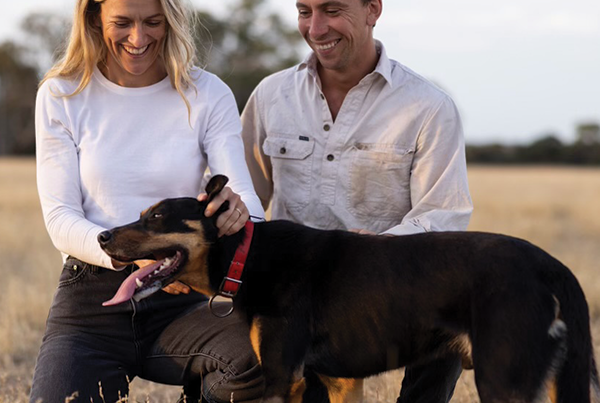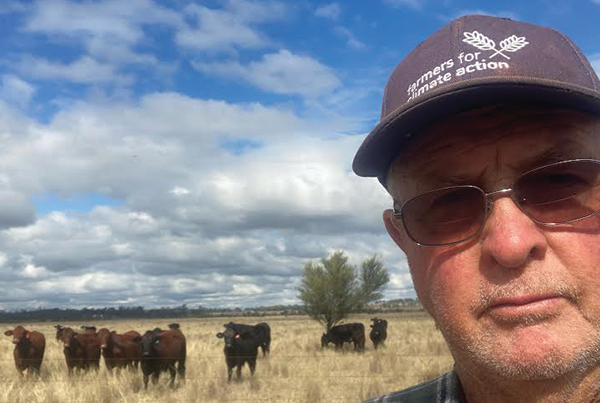At a glance
Who: Mark & Carol Barnett
What: 60ha dryland raising Angus cattle using ET & AI to breed elite Carcase Maker Stud Stock. We focus on genetics and pasture management to mitigate the risk of adverse seasonal conditions.
Where: Westbury, half an hour west of Launceston in Tasmania
Can you tell us about your property?
I returned to farming after a 30-year break from breeding Angus stud stock and cropping. We now take a low input approach, using regenerative ag practises for pastures management and incorporating multi-seed fodder crops to fill the seasonal feed gaps and for carbon sequestration.
Our stocking rate will increase over time as we improve our animal genetics via intensive ET and AI work focusing on fertility and carcase maker production in a natural dry land setting.
The absence of irrigation sharpens our risk management strategies around making every animal a productive unit. It costs as much to feed an average animal as it does a profitable one so genomic data and fertility are key risk mitigation drivers.
What first got you thinking about climate change?
We have an energy company and have spent some years working with farmers to help them manage their power consumption. As a consequence, we have seen their experience of more irregular seasons and dryer summers, the importance of irrigation and its associated cost. Power management is increasingly becoming an important management tool.
How has climate change impacted on your farm business?
Dryer seasons can seriously impact the carrying capacity of a small dryland farm, so pasture planning and pasture resilience is critical along with only running productive animals that are genetically proven to convert pasture to meat.
What are some of the climate-smart strategies you’ve been employing and how successful have they been?
Being involved in cattle ET and AI can potentially draw out a calving season, so cattle fertility and mature cow size plays into one’s ability to carry only the most productive animals which return to pregnancy quickly after a dry season. We keep reminding ourselves that it costs the same to carry an average cow as it does a superiorly productive cow.
Cattle nutrition and fertility are key to successful ET and AI programs so pasture management in seasonally variable conditions is a constant focus.
Do you use renewable energy on your farm? What are the benefits?
I use little power, so no, but I see extensive benefits among colleagues who understand how technology can be tailored to their specific needs. Irrigation is a classic example where at face value it’s used for less than half the year but with the right technology can be shared across the whole farm and hence the ROIs are above 20%. While each site is a bespoke scenario it can be very rewarding.

